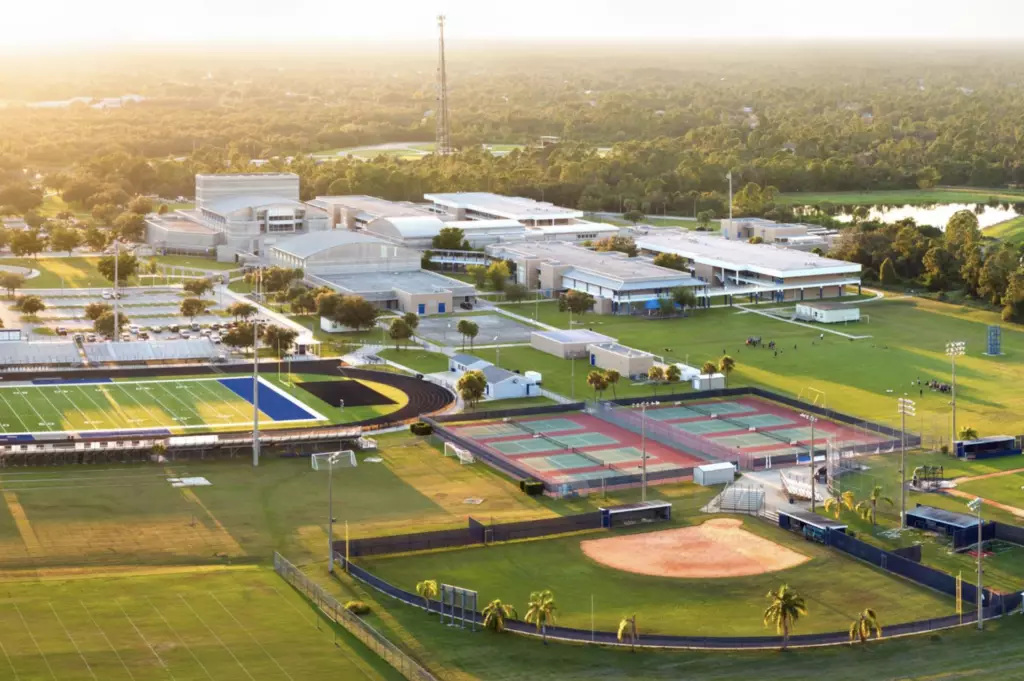In a world where athletic excellence and community engagement are increasingly intertwined, sports facilities stand as vital pillars of local development. Yet, the financial hurdle remains a persistent barrier for many organizations eager to upgrade or expand their infrastructure. Traditional banking routes—laden with bureaucratic procedures, lengthy approval times, and rigid requirements—often leave sports clubs and municipalities feeling stranded. To bridge this gap, bold, innovative funding approaches are emerging, offering the promise of transforming sports landscapes and empowering communities to thrive.
At the heart of this change is the recognition that modern sports facilities do more than host games; they serve as catalysts for economic growth, social cohesion, and youth development. But harnessing this potential demands more than just dedication—it requires access to flexible, scalable financing options that align with the dynamic nature of sports organizations. By shifting from conventional loans to alternative funding mechanisms, sports administrators can accelerate upgrades, attract investment, and embed their facilities more firmly into the fabric of local life.
Championing Community Investment and External Partnerships
The first step toward redefining sports infrastructure funding involves understanding the strategic importance of community-driven resources. Government programs like the Community Development Block Grant (CDBG) exemplify how federal funding can catalyze local transformation. These grants prioritize projects demonstrating tangible benefits for residents—be it youth programs, fitness initiatives, or inclusive recreational spaces. Notably, such funding does not burden organizations with repayment obligations, easing financial pressures and making large-scale upgrades more attainable.
Beyond government grants, local economic development agencies, chambers of commerce, and tourism boards actively seek to harness sports facilities’ potential to bolster regional economies. Tapping into these resources—whether through low-interest loans, tax incentives, or direct grants—turns a community’s enthusiasm into tangible growth. Hosting tournaments, camps, or regional competitions can significantly elevate a sports complex’s profile, attracting visitors and spending that ripple through local businesses. In this way, a modern, well-equipped facility becomes an engine of economic vitality, encouraging public and private sectors to collaborate for sustainable development.
Private investors, too, represent a potent force in this ecosystem. Local entrepreneurs with a stake in community well-being or sports advocates seeking visibility through naming rights and sponsorship deals can infuse much-needed capital. Their support often goes beyond mere financial backing, fostering enduring relationships that align their business interests with community aspirations. This symbiotic relationship allows sports facilities to flourish while providing advertisers and sponsors with exposure and goodwill.
Harnessing Non-Traditional Financing Solutions for Long-Term Success
While grants and partnerships lay a strong foundation, the real game-changer lies in innovative funding models like revenue-based financing (RBF). Unlike traditional loans that impose fixed monthly payments regardless of cash flow, RBF aligns repayment schedules with actual revenue streams. This flexibility alleviates financial strain during periods of low activity and scales with growth, making it particularly suitable for sports organizations reliant on memberships, ticket sales, sponsorships, and event rentals.
For instance, companies such as Mantis Funding exemplify how RBF can expedite access to capital without the delays typical of bank approval processes. Quick deployment of funds enables facilities to invest promptly in critical upgrades—be it installing state-of-the-art turf, upgrading lighting systems, or expanding seating capacity—without compromising liquidity or stability. As these enhancements directly improve the athlete and spectator experience, they also boost revenue potential via increased memberships, event hosting, and partnerships.
However, successful funding extends beyond just acquiring capital. Thoughtful financial planning, including phased construction timelines and detailed revenue projections, demonstrates to investors that the project is sustainable. Economic impact studies further strengthen proposals by highlighting anticipated boosts to local employment, property values, and tourism. These metrics serve as compelling evidence, convincing stakeholders that their investments will yield long-term dividends.
Creating a Holistic Approach Through Public-Private Synergy
No single funding source can fully realize a visionary sports facility. Instead, a blend of public and private participation creates a resilient financial architecture. Public-private partnerships (PPPs) exemplify this strategic approach—pooling resources, sharing risks, and maximizing utility. For example, a shared sports complex serving both a school district and a private sports academy exemplifies how overlapping interests can generate diverse funding streams and operational efficiencies.
In addition to direct funding, in-kind donations and volunteer efforts play an underrated yet powerful role. Local businesses and construction companies can contribute materials or services, while community volunteers help with maintenance, event staffing, and grassroots fundraising. These grassroots initiatives not only reduce costs but cultivate a sense of ownership among community members, fostering ongoing support and participation.
Breaking Down Costs with Smart Investment Strategies
High-cost infrastructure components like artificial turf and LED lighting systems symbolize the modern evolution of sports facilities. While their hefty price tags can intimidate many organizations, strategic funding—via sponsorships, environmental grants, or community crowdfunding—can make these upgrades feasible. Artificial turf, for instance, offers durability, water savings, and extended usability, making it a smart long-term investment.
Equally important is safeguarding ongoing maintenance. Well-funded facilities ensure safety, vibrancy, and appeal, which directly translate into revenue longevity. Membership fees, usage-based pricing, and event rentals form a steady income backbone to support routine upkeep and future improvements.
Beyond Cash: Leveraging Creative Revenue Streams and Community Assets
Innovative funding doesn’t stop at grants and sponsorships. Renting out facilities during off-peak times to local leagues, schools, or corporate teams can generate reliable income. Hosting tournaments, camps, and community festivals further enhances financial stability while strengthening community bonds.
Furthermore, forging strategic partnerships with local businesses for naming rights or exclusive advertising rights can provide substantial upfront capital. Communities can also unlock hidden resources through volunteer programs and material donations, transforming cost centers into collaborative, community-driven successes.
In essence, the future of sports facilities hinges on creative, adaptable financing strategies that reflect the vibrant, participatory spirit of the community. Organizations willing to embrace these approaches position themselves not just as sports venues but as vital civic assets, capable of inspiring growth, pride, and lasting impact.


Leave a Reply